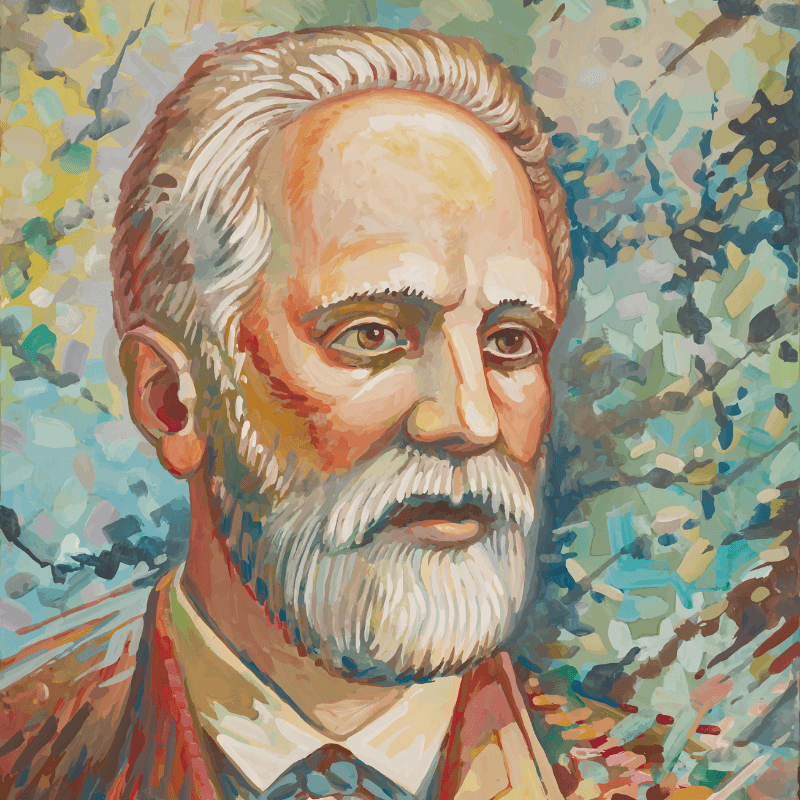Events

Classic Series
TCHAIKOVSKY 5
Saturday
Apr 26, 2025
7:30PM
Alberta Bair Theater
2801 3rd Ave N
$20-74
Billings Symphony Chorale
Christie Conover, soprano
Francis Poulenc | Gloria
Pyotr Ilyich Tchaikovsky | Symphony No. 5
The Billings Symphony Orchestra and Billings Symphony Chorale collaborate on an extraordinary season finale! The breathtaking beauty of Poulenc’s Gloria and the symphonic magnificence of Tchaikovsky’s Symphony No. 5 will resonate in your heart and soul.
Doors open: 6:30PM
Pre-Concert Cues: 6:40PM
- Pyotr Ilyich Tchaikovsky was just 4 when he began composing!
- Tchaikovsky approached his Fifth Symphony from a position of extreme self-doubt, nearly always his posture vis-à-vis his incipient creations. He was spending the summer of 1888 at a vacation residence he built on a forested hillside at Frolovskoe. The idyllic locale proved conducive to inspiration and played a major role in helping him conquer his demons long enough to complete this symphony, which he did in four months.
- It is thought that the trauma of his mother’s death in his early teens was what provided Tchaikovsky with the motivation more towards music. Within a month of her death, he began his first serious attempts at composing while still attending law school where his father hoped he would give up music. However, Tchaikovsky in his off time began to attend as much musical theatre and opera as he could, being inspired by the works of Rossini, Verdi & Mozart.

ABOUT THE PROGRAM
FRANCIS POULENC (1899–1963)
Gloria
In Spring 1959, the Koussevitzky Foundation commissioned Poulenc to compose a symphony in honor of famed conductor Sergei Koussevitzky and his wife Natalia, the foundation’s namesakes. The composer replied that the genre was “not my thing.” A follow up request for an organ concerto was also brushed off by Poulenc telling them that he had already composed one. The foundation reached out a third time with the approval of their advisory board to offer a $2,000 commission (approximately $22,500 in 2025) for a work of the composer's own choosing. A month later, Poulenc replied that he had initiated work on his Gloria.
A member of the flippant group of 1920s Parisian composers known as “Les Six,” Poulenc was known for his distinctly modern and vibrant works. He was largely self-taught and had no training in orchestration but was never troubled by that gap: “I know perfectly well,” he said, “that I’m not one of those composers who have made harmonic innovations, like Igor [Stravinsky], Ravel, or Debussy, but I think there’s room for new music that doesn’t mind using other people’s chords.”
After the tragic death of a close friend in 1936, Poulenc experienced a profound spiritual awakening which led him to a renewed interest in religious themes and ultimately to a reconnection with his Catholic faith. His Gloria is one of several sacred choral works composed with his new mindset. It is a work of many moods, with influences derived from jazz, dance—perhaps even the can-can—and nods to earlier French composers such as Fauré, and bits of Poulenc’s sardonic humor. On a heavier note, one can hear in the martial opening, the tramp of goose-stepping troops, a remembrance of the German occupation of France during WWII.
Gloria was premiered on January 21, 1961 in Boston, Massachusetts, by the Boston Symphony Orchestra and the Chorus Pro Musica under the baton of Koussevitzky’s successor, Charles Münch, with Adele Addison as soloist. Although now considered one of Poulenc’s finest works, some of his contemporary critics shook their heads and tut-tutted about sections which to them came off as too light-hearted and irreverent, and out of place in a presumably “serious” religious work. In particular, Poulenc’s setting of the Latin text “Laudamus te, Benedicimus te” (We praise you, we bless you), seemed downright giddy to those critics. In his defense, Poulenc said: "I was thinking when I composed it of these frescoes by Gozzoli with angels sticking out their tongues, and of Benedictine [clergy] I once saw playing soccer."
This Poulenc work was especially popular with Maestro George Perkins, who conducted it three times during his tenure. The most recent BSO&C performance of the work was March 2010, under the baton of Maestra Anne Harrigan.
PIOTR ILYICH TCHAIKOVSKY (1840–1893)
Symphony No. 5
Tchaikovsky faced a turbulent period in his life when he began working on this symphony in 1888. He had just gone through a challenging phase marked by depression and self-doubt, compounded by his complicated feelings about his identity and sexuality in a society that wasn’t always accepting. This emotional turmoil became a driving force behind the music.
The symphony begins quietly with a somber theme that sets the stage for a struggle between despair and hope. This opening “fate motif” recurs throughout the work, symbolizing the inevitability of fate itself, a concept that resonated with Tchaikovsky and many of his contemporaries.
As the symphony progresses, it moves through contrasting moods. The second movement introduces a lyrical, almost wistful theme, showcasing Tchaikovsky's gift for melody. Here, you can almost hear the composer’s longing for beauty and love, which were often just out of reach for him. The third movement brings a playful, dance-like quality with hints of melancholy, reflecting the complexity of human emotions.
The final movement bursts forth with vigor and triumph, embodying a sense of resolution which many interpret as a victory over adversity, a celebration of life despite its challenges. Tchaikovsky’s ability to weave his personal struggles into universal themes of fate, love, and triumph is what makes this symphony so powerful and relatable.
Tchaikovsky’s emotional journey through fate and triumph has appeared on four previous BSO programs: December 1962 (Maestro George Perkins conducting), January 1988 (Maestro Uri Barnea), and November 2005 and April 2012 (Maestra Anne Harrigan).
GUEST ARTIST
CHRISTIE CONOVER | SOPRANO
Christie Conover, acclaimed for her elegant and refined presence, captivates audiences with her rich, warm voice and personal grace. Celebrated by critics, she has been described by the San Francisco Classical Voice as possessing a "well-focused instrument with a lovely timbre." In the 2019-2020 season, Conover made her role and company debut as Rusalka with Opera Steamboat and performed with numerous symphonies across Colorado. Previously, she returned to the Colorado Symphony for Mozart Under the Moonlight and showcased her talent in productions with Opera Colorado and the Grand Junction Symphony Orchestra.
Conover is a distinguished performer of new works, premiering roles such as Caroline Abbott in Opera San Jose’s Where Angels Fear to Tread, praised by the San Francisco Chronicle. Her international debut came with the Komische Oper Berlin’s China tour as Pamina in Die Zauberflöte. A recipient of numerous competition accolades, her training spans prestigious programs like Minnesota Opera's Resident Artist program. A former Miss Montana, she actively promotes music education, embodying her platform "Music Makes the Difference." Visit www.ChristieConover.com for more.






